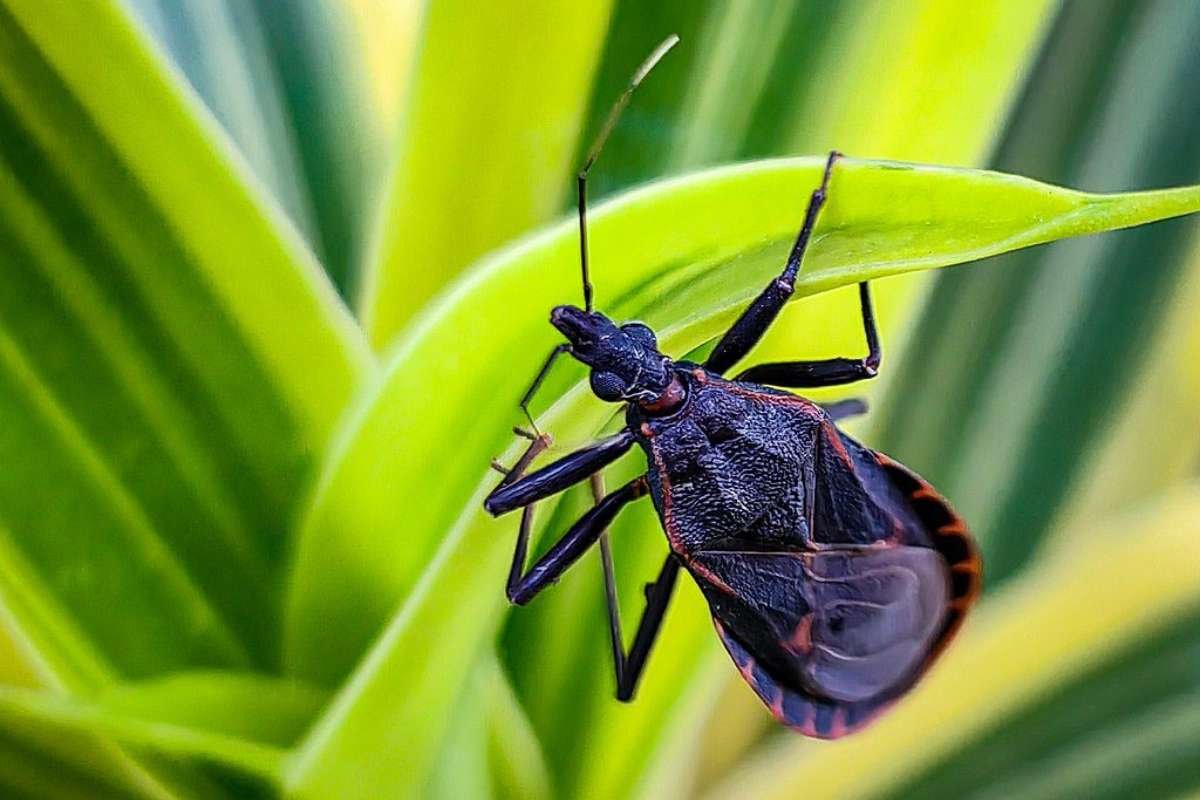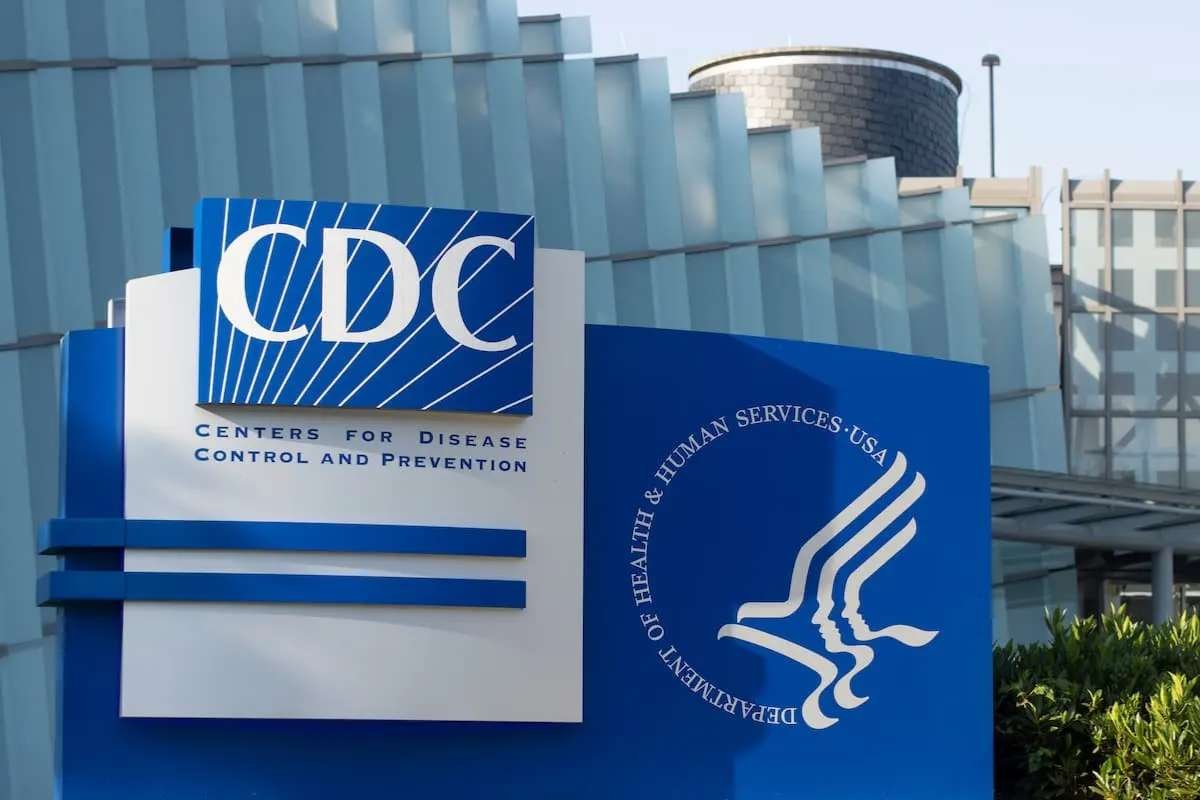A recent genetic analysis focused on the animals at the Wuhan market in late 2019 may provide crucial insights into the origins of COVID-19. Scientists have narrowed down a shortlist of animals that could have played a role in transmitting the virus to humans, potentially allowing researchers to trace the outbreak back to its source.
The investigation revealed that raccoon dogs, civet cats, and bamboo rats are among the most likely culprits. Researchers believe these animals were brought to the market in late November 2019, setting the stage for the global pandemic that followed.
Genetic analysis Points to Specific Animal Populations
Michael Worobey, an evolutionary biologist at the University of Arizona and one of the study’s authors, explained that the research identified specific sub-populations of animals that may have been responsible for transmitting the coronavirus. This information could help scientists locate where the virus commonly circulates in wildlife, known as its natural reservoir.
“For instance, the raccoon dogs found at the market belong to a sub-species that is more prevalent in southern China,” Worobey noted. Understanding the origins of these animals could guide researchers in sampling local bat populations, which are known carriers of related coronaviruses like SARS.
Implications for Understanding the Pandemic’s Evolution
Mark Woolhouse, a professor of infectious diseases at the University of Edinburgh and an independent expert, stated that the genetic analysis indicates the pandemic likely had its evolutionary roots at the market. He emphasized that it is improbable COVID-19 was infecting humans before its identification at the Huanan market.
“This is a significant finding that shifts the narrative more towards an animal origin,” Woolhouse commented. “However, it is important to note that this is not a conclusive determination.”
Previous Investigations and Ongoing Challenges
In 2021, a World Health Organization (WHO) expert group concluded that the virus likely spread to humans from animals, ruling out a lab leak as “extremely unlikely.” Nevertheless, WHO chief Tedros Adhanom Ghebreyesus later mentioned it was “premature” to dismiss the possibility entirely.
An Associated Press investigation earlier this year revealed that the search for COVID-19’s origins in China has stalled amid political infighting and missed opportunities by health officials to further investigate.
Study Details and Genetic Techniques Used
The new study, published in the journal Cell, involved collaboration among scientists from Europe, the U.S., and Australia. They analyzed data previously released by the Chinese Center for Disease Control and Prevention, which included 800 genetic samples collected on January 1, 2020, from the Huanan seafood market. This collection occurred just a day after Wuhan authorities alerted the public about an unidentified respiratory virus.
While Chinese scientists had published genetic sequences last year, they did not specify the animals that might have been infected with the virus. This latest analysis employed advanced techniques to identify specific organisms from the environmental genetic material collected.
Filling the Gaps in Virus Transmission Understanding
Worobey described the findings as offering a “snapshot of what was present at the market before the pandemic began.” He noted that genetic analysis like theirs are crucial for filling in the gaps regarding how the virus might have first begun to spread.
Despite these advancements, Woolhouse cautioned that some critical questions remain unanswered. “It’s clear that COVID was circulating at the market, which was teeming with animals,” he said. “However, we are still left wondering how the virus initially made its way there.”
Also Read: Study Predicts Superbugs Could Claim 39 Million Lives by 2050









